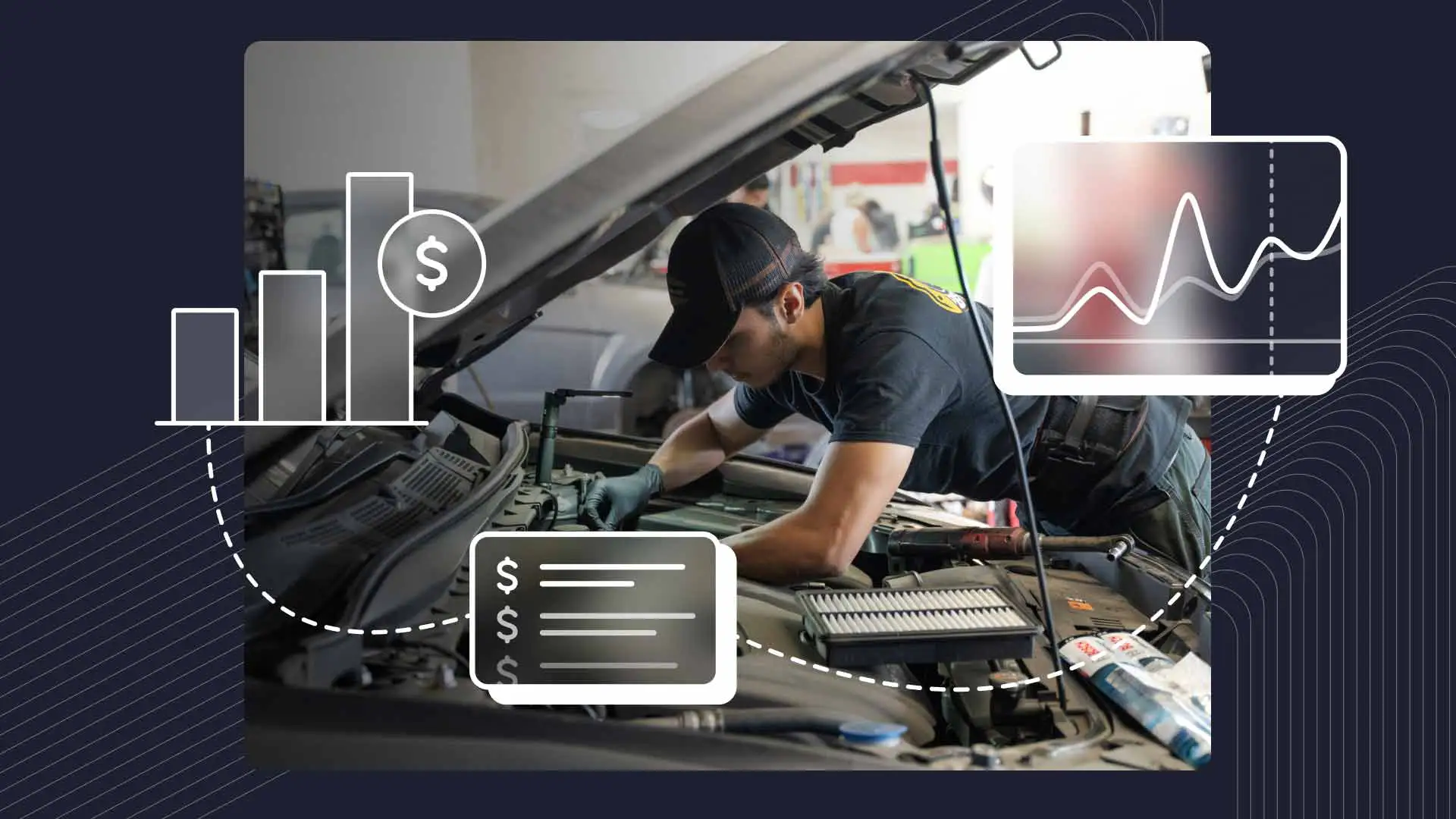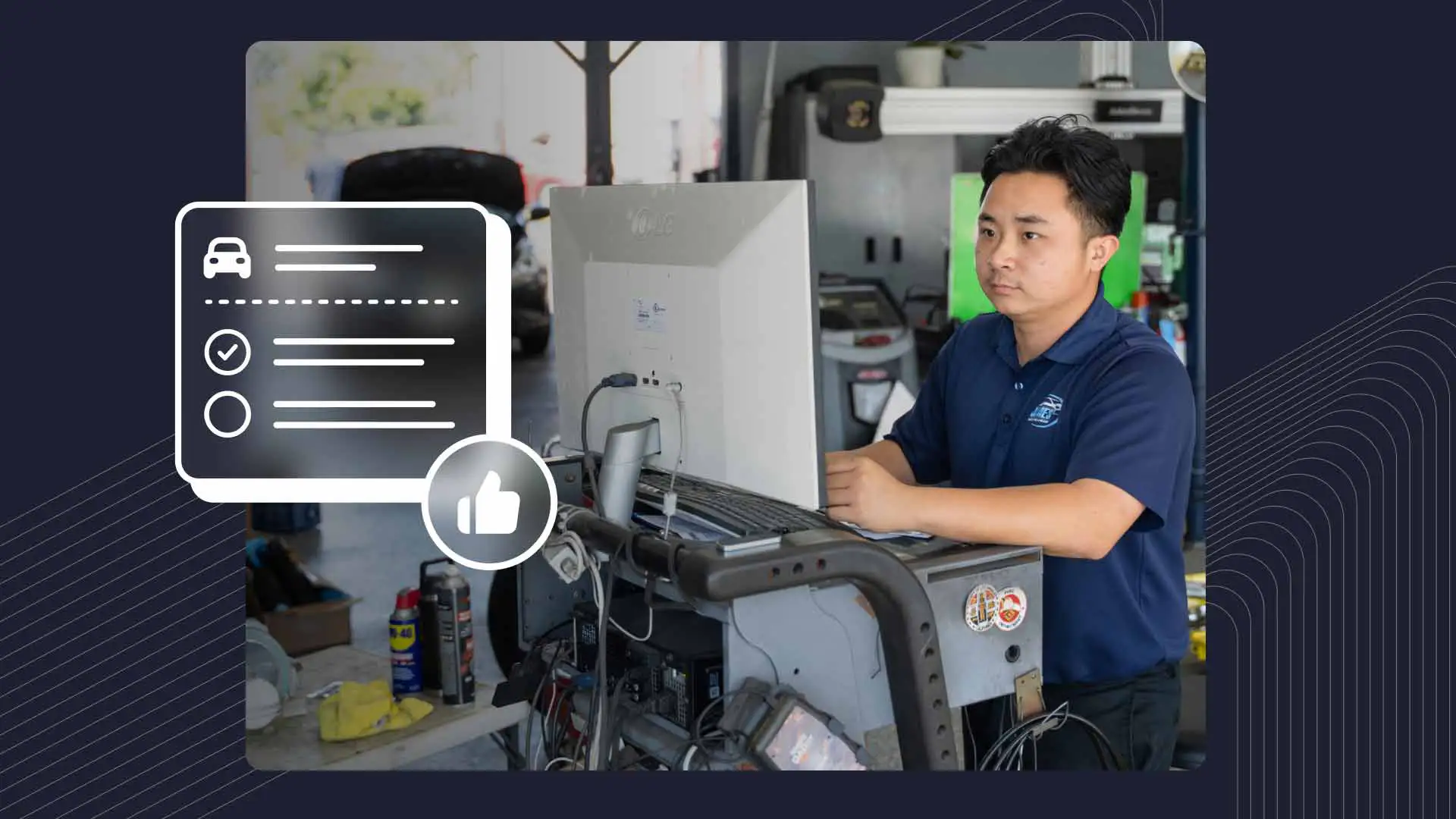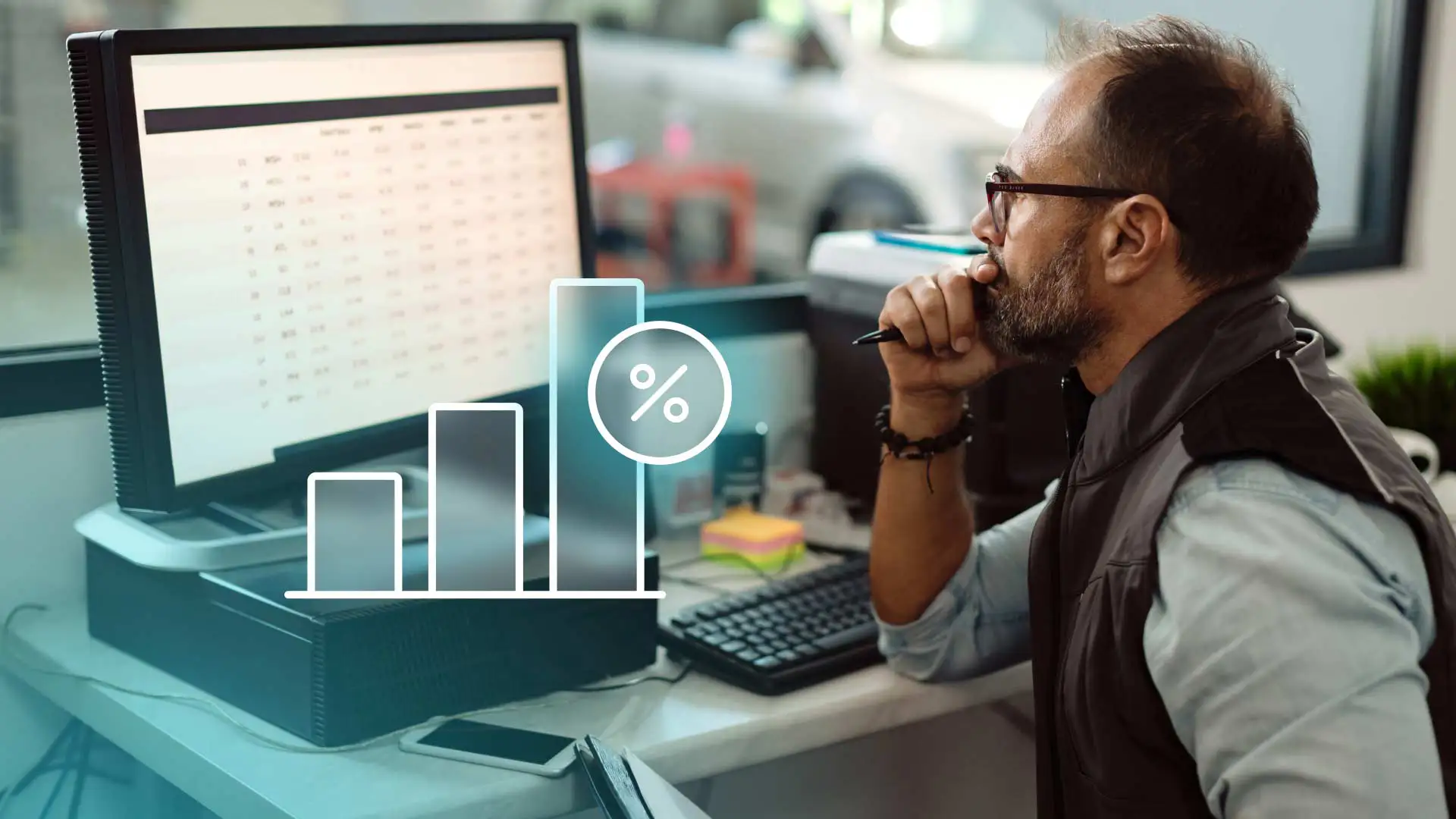In recent years, Advanced Driver Assistance Systems (ADAS) have quickly become a standard feature in new vehicles, greatly improving driver safety and convenience. These systems, which include technologies like adaptive cruise control, lane-keeping assist, and automatic emergency braking, rely on a complex network of sensors, cameras, and radar to help prevent accidents and create a better driving experience.
However, as ADAS technologies evolve, they present new challenges for traditional auto body repair shops. Standard repair techniques just aren’t suited to handle precise calibration or restore sophisticated ADAS instruments. As a result, demand for specialized ADAS repair services is on the rise. This growing need for advanced driver assistance system service has led to significant changes in how repair shops approach collision damage and ADAS auto diagnostics. Let’s dive into the mechanics of repairing ADAS tech and explore how embracing these systems can guide your shop toward future success.
Understanding ADAS Components & Functions
ADAS refers to various features that use sensors, cameras, and computer systems to help keep drivers safe behind the wheel. These systems work together to provide instant feedback and, in some cases, briefly take control of the car. Some common ADAS features include:
Lane Departure Warning: Monitors road markings and alerts drivers when they drift out of their lane without signaling.
Automatic Emergency Braking: Detects potential collisions with other vehicles or objects and notifies the driver or engages the brakes.
Adaptive Cruise Control: Monitors traffic and automatically adjusts the vehicle’s speed to match the car in front of it.
Blind Spot Detection: Recognizes other vehicles to the side or behind the driver and emits a visual and/or audible warning.
Parking Assistance: Monitors the car’s surroundings and notifies the driver of any obstructions; active versions execute the maneuvers themselves.
The Impact of ADAS on Collision Repair
ADAS adds complexity to collision repairs. How? Even minor accidents can cause damage that extends beyond the vehicle’s body panels, where sensors and cameras that are integrated into windshields, bumpers, and side mirrors can easily get dinged up or misaligned.
If these systems aren’t repaired or calibrated correctly, the vehicle’s safety could be compromised. For example, an automatic emergency braking system that hasn’t been properly calibrated may not activate when it’s needed, leading to serious consequences. Bringing these systems back to their original state is absolutely critical to the car’s performance and safety.
Required Tools & Equipment
To effectively diagnose, repair, and calibrate ADAS components, auto repair shops need certain tools and equipment. These typically include:
Diagnostic scanners that can communicate with the vehicle’s onboard systems and pinpoint problems.
Calibration tools that make sure various sensors and cameras are aligned properly following repairs.
Simulation equipment (software) that lets you test the system post-repair under simulated driving conditions.
While this equipment isn’t cheap, the potential return on investment (ROI) can be significant. Shops that are equipped to handle ADAS repairs have several advantages, from expanding their customer base and raising rates to establishing a reputation for work that sets them apart from the competition.
Training & Certification
Before working on ADAS, technicians need to undergo specialized training and become certified. Why? Because as these systems become more complex, the knowledge and skills required to service them evolve as well. Fortunately, a number of automakers and industry groups now offer training and certification in system operation, diagnostic procedures, repair techniques, and calibration processes. In addition to teaching new skills, these courses help ensure techs are following the latest industry standards.
For auto repair shops, investing in training guarantees that repairs are done with precision, reducing potential liability and improving customer satisfaction. Techs also gain valuable skills that can improve their career opportunities and earning potential. And, customers benefit from peace of mind knowing that their vehicles are in good hands.
Workflow & Process Changes
Integrating ADAS repair into your current operations will likely require adjustments to the shop's existing workflows and processes. For example, additional steps are typically needed for repairing ADAS-equipped vehicles. These may include an initial scan to identify any issues related to ADAS systems; thoroughly documenting the status of the system prior to repair; carefully disassembling and reassembling any damaged components; scanning and calibration after the repair; and a test drive to make sure the system is working properly again. To accommodate these steps, you may even have to change your shop’s layout, e.g., create a dedicated space to calibrate sensors. Because of the added time and complexity involved, shops will often adjust their scheduling and pricing models accordingly.
Just as important is keeping detailed records of all ADAS-related work. This includes documenting diagnostic findings, repair procedures, and calibrations, not only for the sake of transparency, but to address any warranty claims or insurance questions. Meticulous record-keeping can also protect the shop against potential liability issues.
To be fair, integrating ADAS work may require some getting used to. You might have to retrain staff, shuffle schedules, or reset customers’ expectations around longer-than-anticipated repair times. But communicating the importance and value of these services should help alleviate concerns. And the long-term benefits should ultimately outweigh any short-lived heartburn.
The Future of Intelligent Auto Repair
As vehicles become smarter, new ADAS technology will continue to shape the future of auto repair. This includes features like Vehicle-to-Vehicle (V2V) and Vehicle-to-Infrastructure (V2I) communication, which allows cars to share information with other vehicles or devices located on or near the road, as well as fully autonomous driving systems.
Although these systems come with challenges, they also allow shops to differentiate themselves and offer services to meet a growing demand. Technicians need to continuously sharpen and expand their skills, while shop owners should embrace training and education for staff, be prepared to invest in specialized tools, and adjust their operations as needed for long-lasting success.
Whether you’re managing complex ADAS repairs or simplifying workflows, state-of-the-art shop solutions can be a game changer. Discover how to streamline your operations and boost profits with Shopmonkey’s all-in-one auto body repair shop software. Request a free demo today!




